Ordinary people, building resilient communities — an antidote to exploitation, isolation, and instability.
Some movements begin with money.
Ours began with people.
With a prayer whispered in desperation.
With a promise spoken at a deathbed.
With the stubborn belief that ordinary people can design a way of living where we don’t just survive, but thrive.
Who We Are
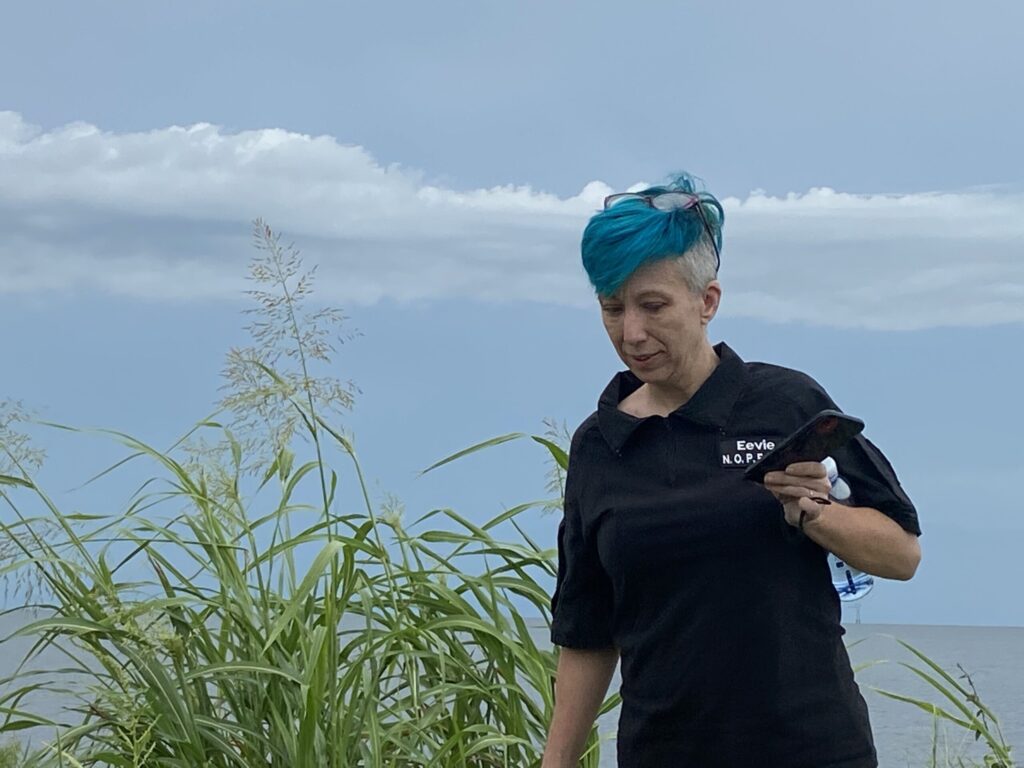
Lisa “Eevie” Ford grew up in the small town of Yoakum, Texas. She went on to earn a history degree from Texas A&M University, specializing in oral history and folklore — work that opened her eyes to how much of America’s story has been whitewashed, omitted, or told incorrectly.
Later, she spent 15 years in New Orleans, a city unlike any other, where the blend of cultures and traditions deepened her sense of what community could look like. She also spent years exploring her ancestry — DNA tests confirming what her heart already knew: deep roots in Ireland, Scotland, and England. “I realized how disconnected we’d become from the land,” she says. “I wanted to reconnect — not just myself, but my ancestors — to the place where we’re living now.”
Karol Kuyper’s story started in Pennsylvania. A stubborn, rebellious child who found joy in horses, mud, rocks, and pretend medicine, she was always rooted in nature. Life, however, pulled her in other directions. She became a mother at 17, battled addiction, then rebuilt through trucking and real estate.
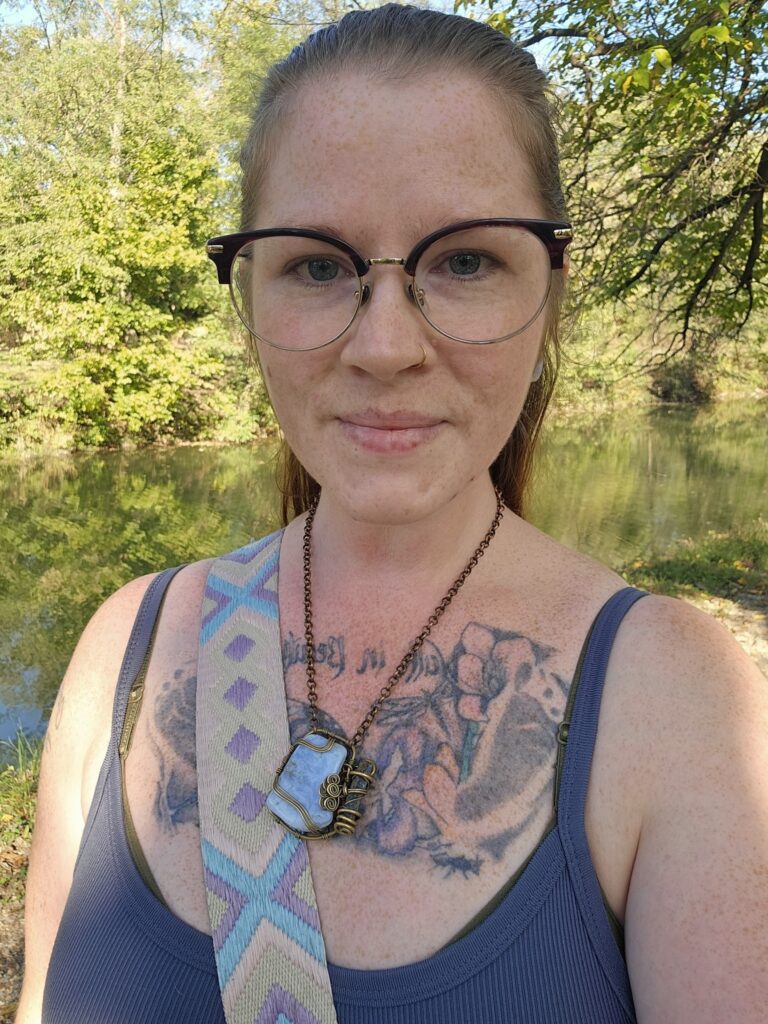
“I drove big rigs for eight and a half years, and for three of those I was also working in real estate. It was a crazy grind. Trucking taught me resilience, but it also left me deeply alone. It wasn’t one massive accident but a culmination of little hits, until one pothole too many ruptured a disk in my spine and forced me off the road.”
Through it all, her father’s advice echoed: always follow the money. And when cancer took him in 2017, she gave him a promise:
“I promised him I’d never give up on making my life something that would make my ancestors and future generations proud.”
That promise became her compass — reinforced by the words of her favorite poem, Robert Frost’s The Road Not Taken. “Two roads diverged in a wood,” Frost wrote, “and I—I took the one less traveled by, and that has made all the difference.” Karol took those lines to heart. Again and again, she chose the harder path — the road not taken — and in it she found her life’s purpose.
Learning to Build Differently
Before either Eevie or Cedric had language for “intentional communities,” they were already testing the idea.
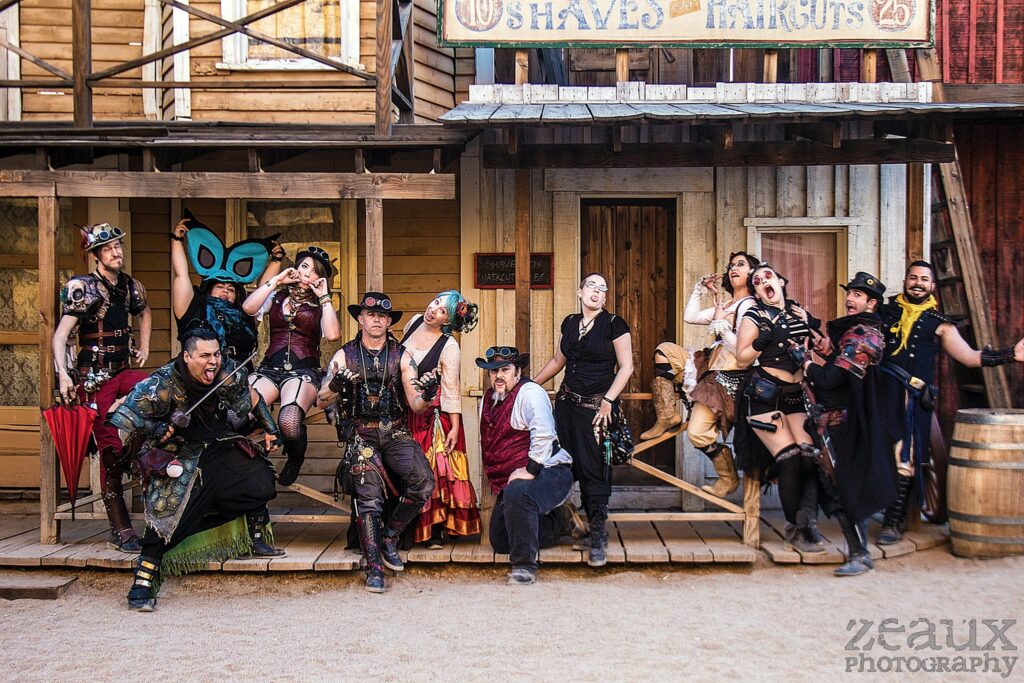
For them, it started in a leather manufacturing shop. Cedric was the architect and dreamer, envisioning a workplace where people’s basic needs were covered so they could focus on their craft. Eevie was the logistics and the push forward, making sure the dream didn’t stall.
“The artists were paid for their work and their time,” Eevie explains. “But their pay went to them, not to their basic needs. We provided that. And when survival wasn’t the question anymore? They were amazing. The art they produced was spectacular. Running the business was hard. It wasn’t always ideal, but we thrived in spite of the difficulties. I wouldn’t trade that time for the world.”
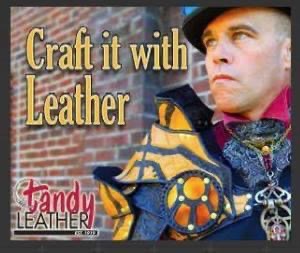
That prototype showed them something profound: when ordinary people look out for one another, extraordinary things happen.
For Karol, the proving ground was trucking and real estate — industries built on relentless grind. “I grew to almost hate trucking because I was constantly alone,” she admits. “But it also gave me time to reflect. It was transformative. I saw beauty, but I also saw how ordinary people are crushed by bills and pressure. That realization lit a fire in me.”
Realizations That Changed Everything
For Eevie, the breakthrough came with a prayer when facing financial stress to anyone who would listen.
“I went to bed in tears one night. I said, please give me an answer. I need you to just point me in the right direction. I’m like a spinning top. I don’t know what I’m doing.”
She woke up the next morning with words in her head she had never even heard before: It’s called an intentional community. And you can build one.
A quick search discovered the framework for the life she’d been imagining all along.. Cedric was the first she told, and the first to answer, Then let’s build it together.
For Karol, the realization grew from loss and determination. Her father’s death anchored her promise, but it was her own observation of a broken system that gave it form.
“The inspiration for this project came from the educated observation that it’s time for the ‘Nobodies’ and the average people to rise up and redesign how we approach everything. This is my life’s mission. I’m taking my knowledge and my fire to build a system that works for us, not against us.”
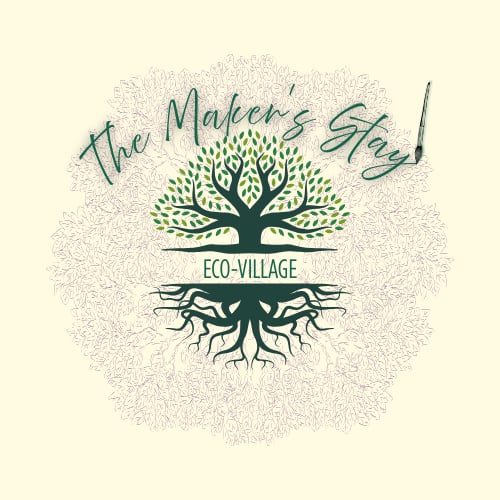
Building the Villages
That’s how two sister projects came into being:
While Eevie plans on locating Moonridge Hollow in the foothills or mountains of Appalachia in either Pennsylvania or Maryland, Karol feels called to place the Maker’s Stay in the Upper Peninsula of Michigan, but both visions started in South Central Pennsylvania.
Moonridge Hollow
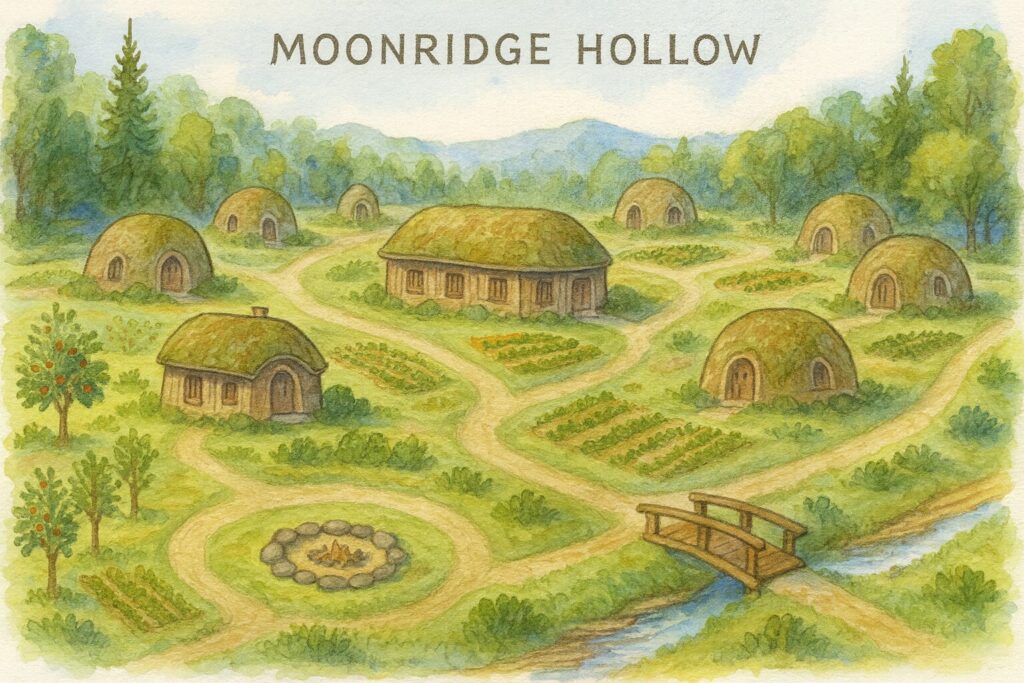
Moonridge Hollow is an intentional community for the people who form the foundation of society — the workers we call “essential” but rarely treat as such: artists, service workers, grocery clerks, restaurant staff, firefighters, EMTs, veterans, teachers.
- Land held in community trust
- Homes that are affordable, inheritable, and secure for life
- Shared kitchens, gardens, orchards, livestock, and workshops
- A culture of mutual care and skill-sharing
Moonridge Hollow is resilience by design — a community where people are not at the mercy of rising rents or disasters, but rooted in stability and care.
The Maker’s Rest
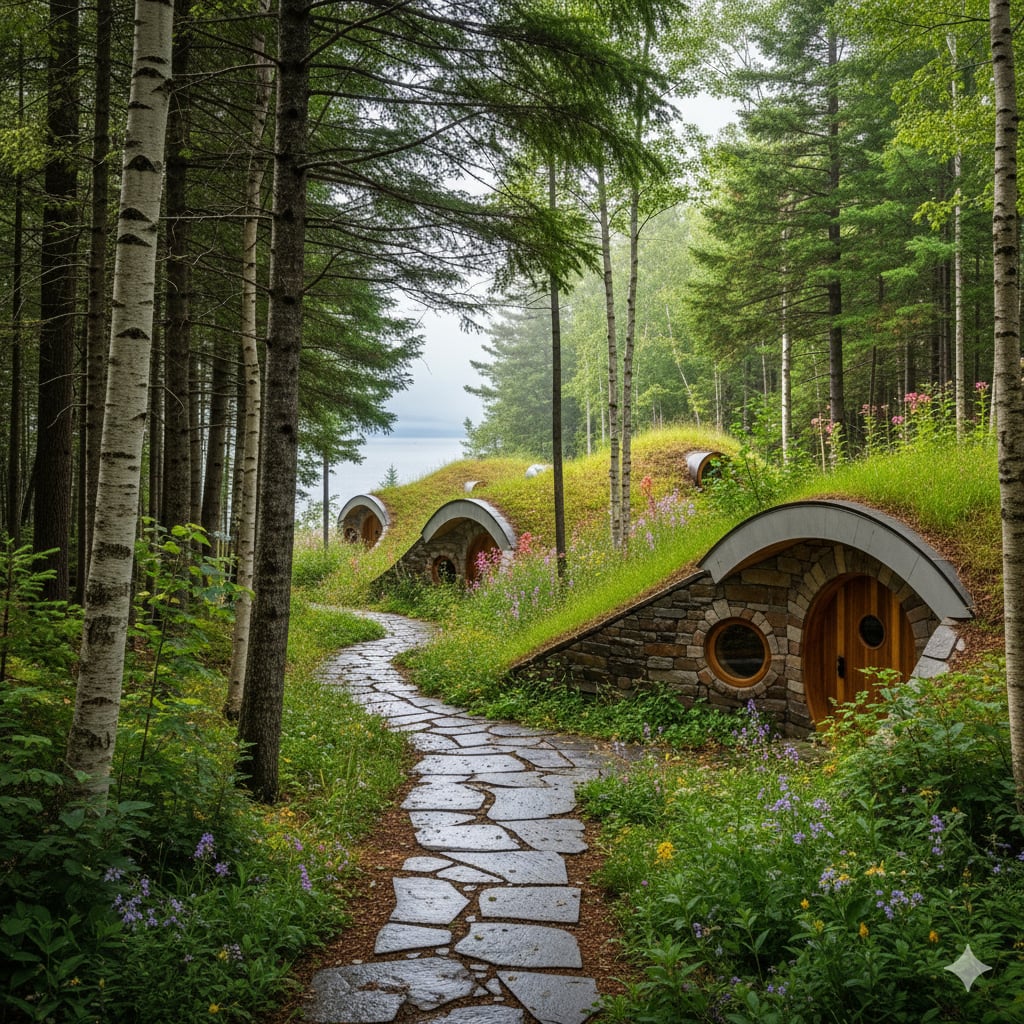
The Maker’s Rest is an agrotourism “living showroom”, where guests stay in earth-sheltered homes and see what sustainable living feels like.
It fuels a three-part ecosystem:
- The Maker’s Rest generates real-world experience and income.
- Kuyper Property Solutions, Karol’s for-profit arm, scales the model.
- From Dirt to Dazzle, her nonprofit, reinvests in education and community support.
Karol often says it plainly:
“We’re proving that the ‘Nobodies’ can create a system that works for us. We don’t have to wait for someone else to fix it. We’re building it with our own hands.”
Together, Moonridge Hollow and The Maker’s Rest are part of the growing Appalachian Village Network — ordinary people, building resilient communities where ordinary people can thrive.
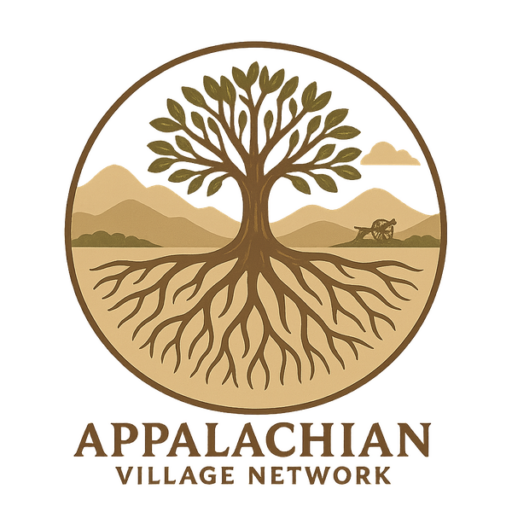
What Village Life Means
For Eevie:
“We always say it takes a village to raise a child. Well, that’s not only it. Yes, it takes a village to raise a child, but it takes a village to care for the elderly. It takes a village to support the hard workers. It takes a village to hold each other up and stand by each other when things are difficult. That’s what village life means to me — having a structure designed to support everyone who lives within it.”
For Karol:
“After years on the road and then in the transactional world of real estate, ‘village life’ means something very specific to me. It’s the antidote to the profound loneliness I’ve felt. It’s dinners in the longhouse, a visiting artist sharing stories while a local craftsperson teaches a workshop. It’s also about getting back to the simple joys of exploring and riding horses, just like I did as a kid. It means never facing peril alone.”
Village life is the opposite of what many of us know now. Where exploitation drains people dry, village life restores. Where isolation keeps us apart, village life connects. Where instability leaves us vulnerable, village life creates roots strong enough to weather any storm.
Why Now
We live in turbulent times. Costs rise, wages stagnate, and working people are asked to give more for less. Many of us feel isolated, even as we work harder than ever.
Eevie admits the hardest challenge has been unlearning the old story:
“Honestly, I have been the biggest challenge so far — my preconceived notions of what is normal and right, of what we’re supposed to do in this life. The hardest part has been stripping away that skin of rugged individualism, realizing that everything I was taught — that we don’t and shouldn’t need each other — was actually what was holding me back. What’s true is the opposite. We absolutely do need each other.”
Karol adds her own reflection:
“For me, it’s not just about finances. It’s about recognizing patterns, knowing when to pivot, and making educated decisions based on facts. Resilience means being able to bend without breaking. That’s what we’re building — villages that thrive even in turbulent times.”
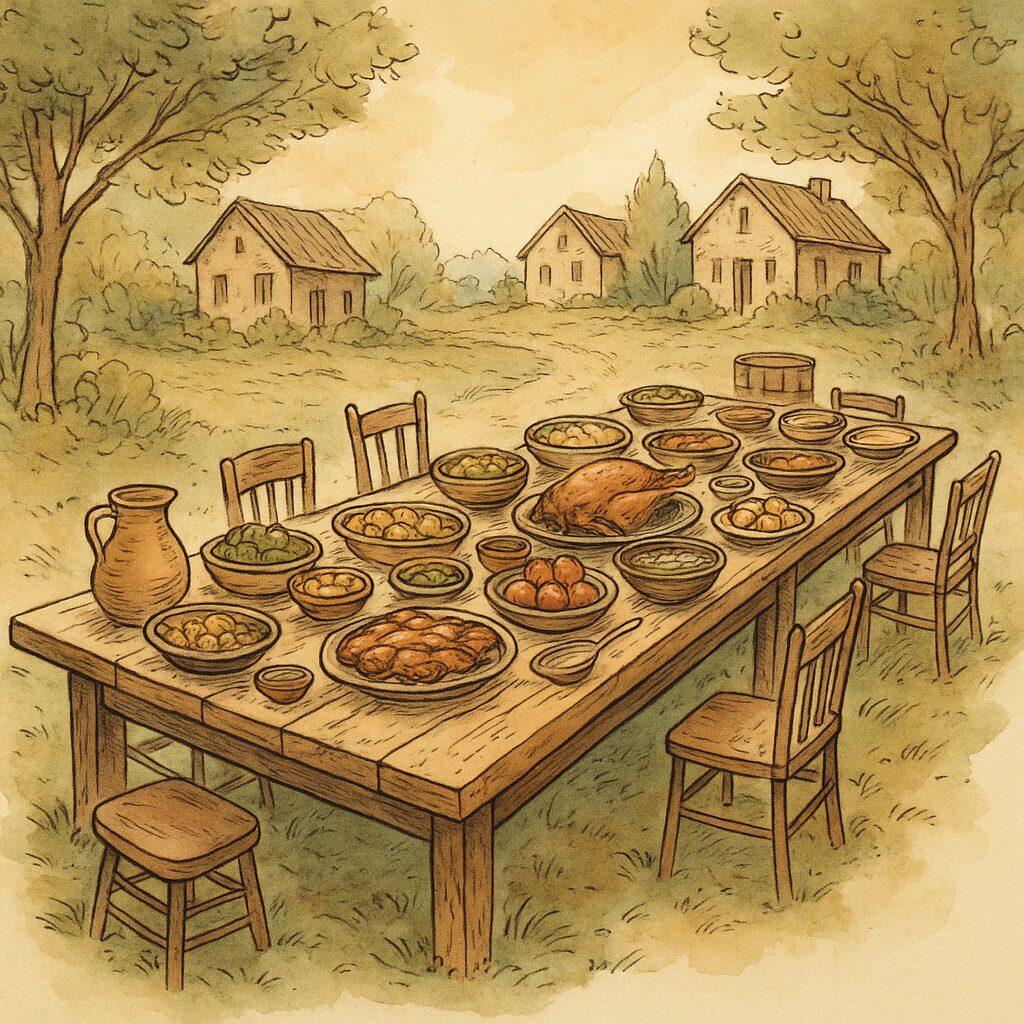
Both agree: this isn’t a dream. This is survival redesigned into something sustainable — a new story written by ordinary people, for ordinary people.
An Invitation
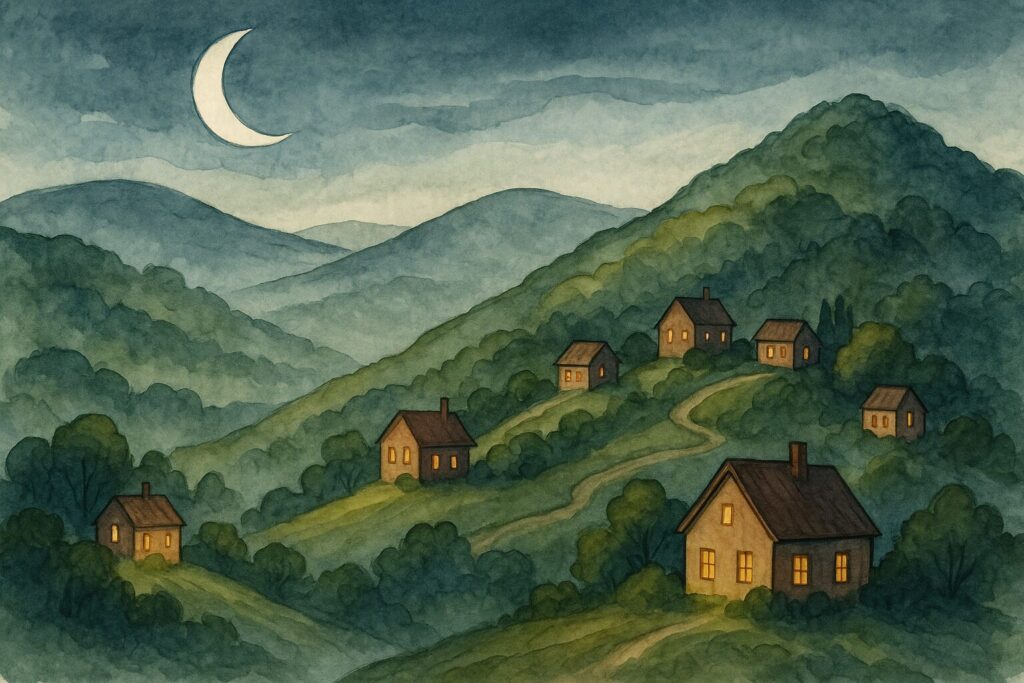
The land remembers. Some stories refuse to fade. And it truly takes a Village to raise a Village.
If this vision stirs something in you, here’s how to begin:
- Learn what intentional communities are.
- Visit one, read about them, or talk to us.
- Ask what role your ancestors, your gifts, or your resources might play.
Because the truth is simple: the world we’re in is designed to exploit, but the villages we’re building are designed to sustain.
Join the Movement
This isn’t about utopia. It’s about belonging. About building futures worth inheriting. About proving, together, that another way is not only possible — it’s already beginning.
👉 Learn More About Moonridge Hollow
👉 Discover The Maker’s Stay
👉 Connect with the Appalachian Village Network
Because when survival is no longer the only story, we get to write our own future. And that changes everything.
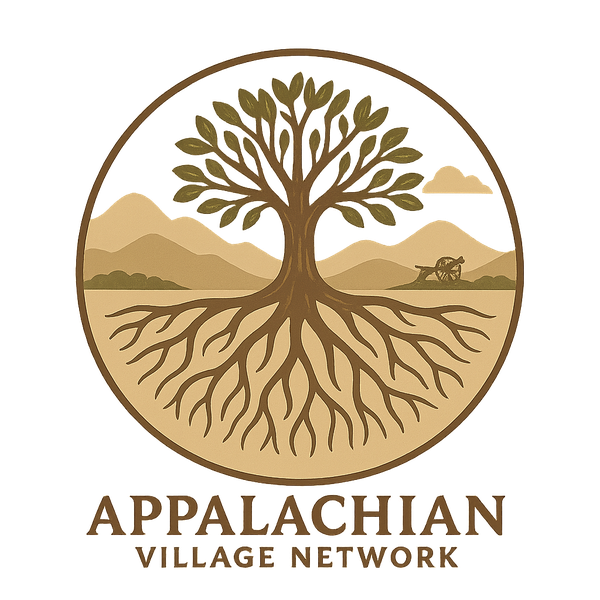
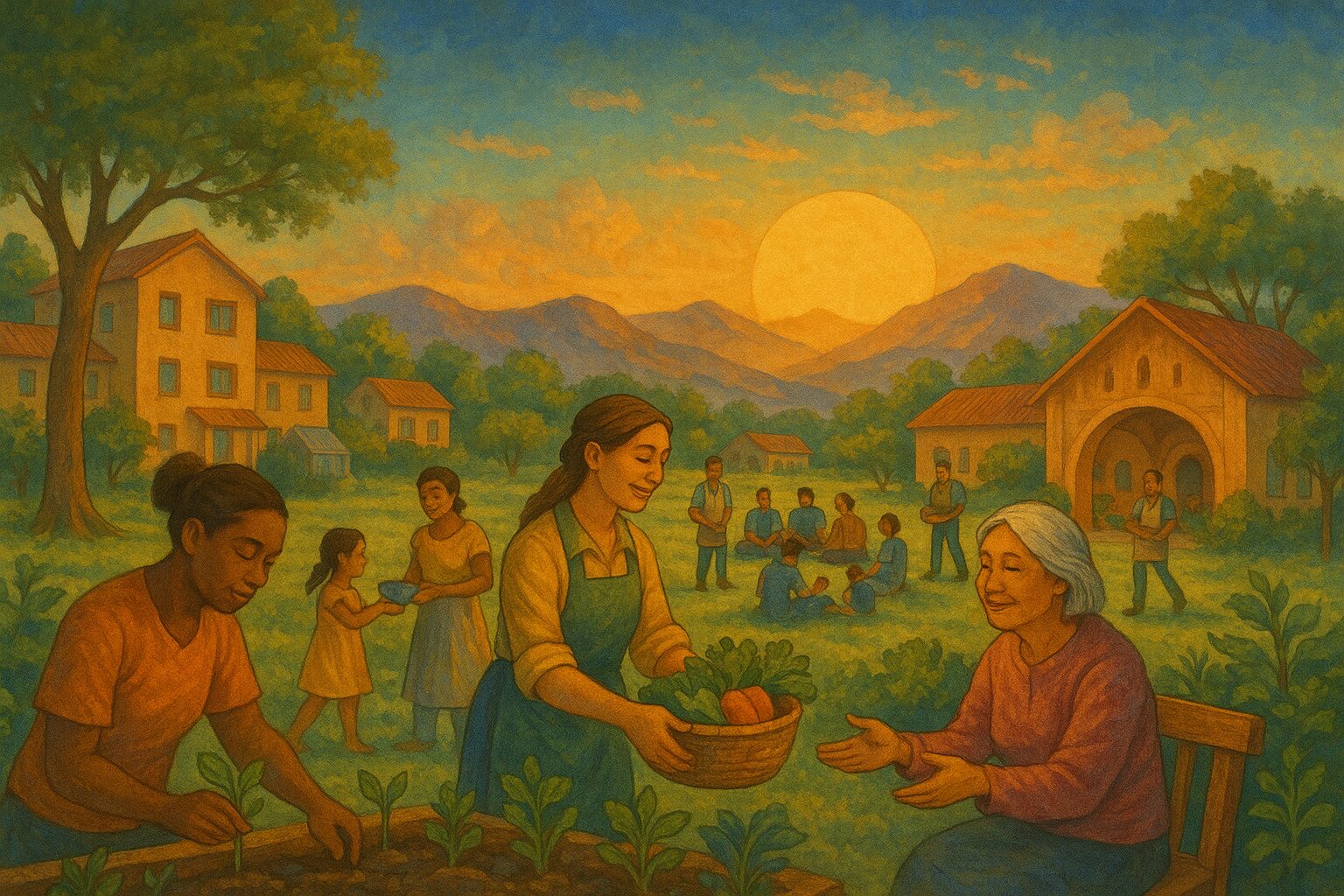
Leave a Reply